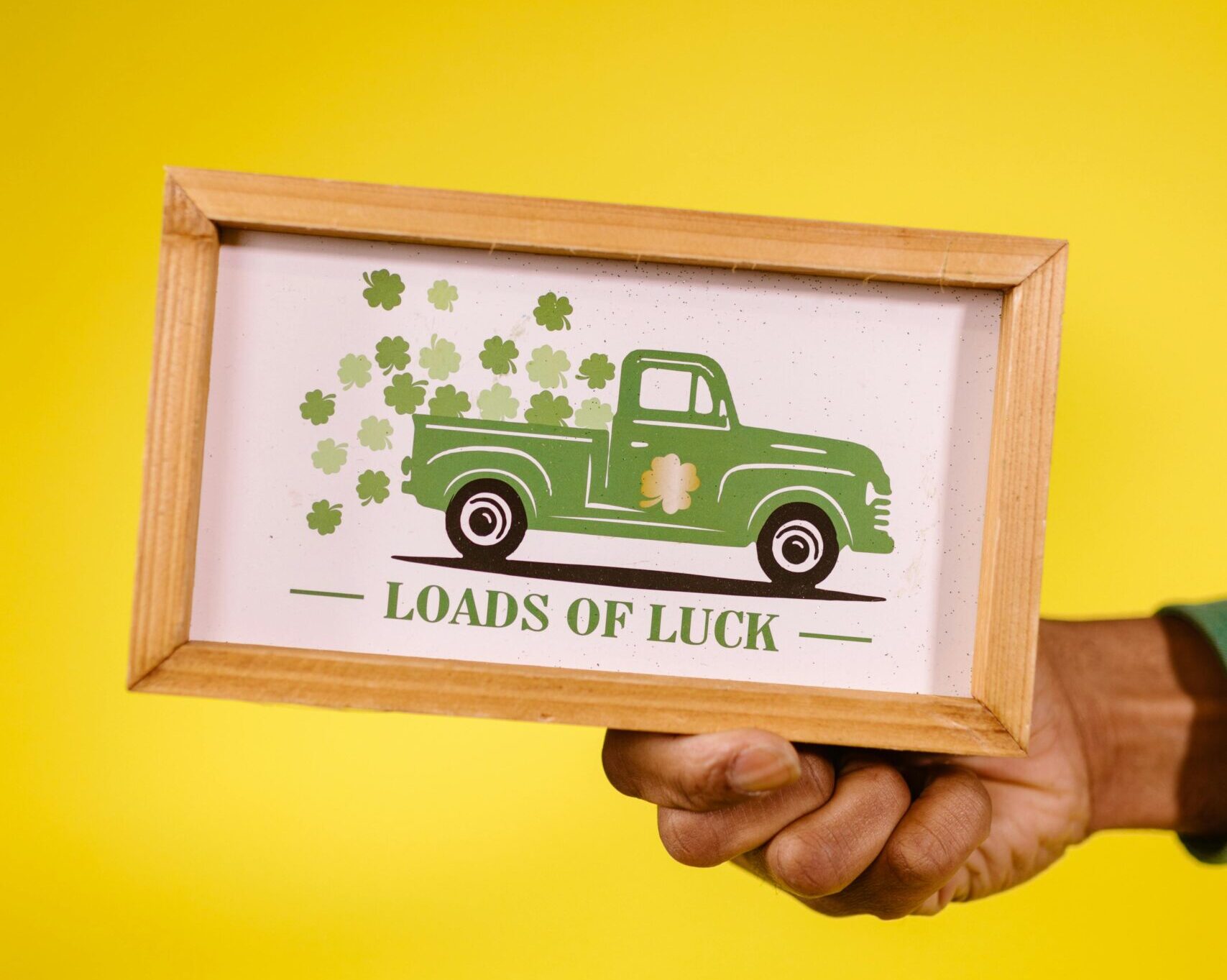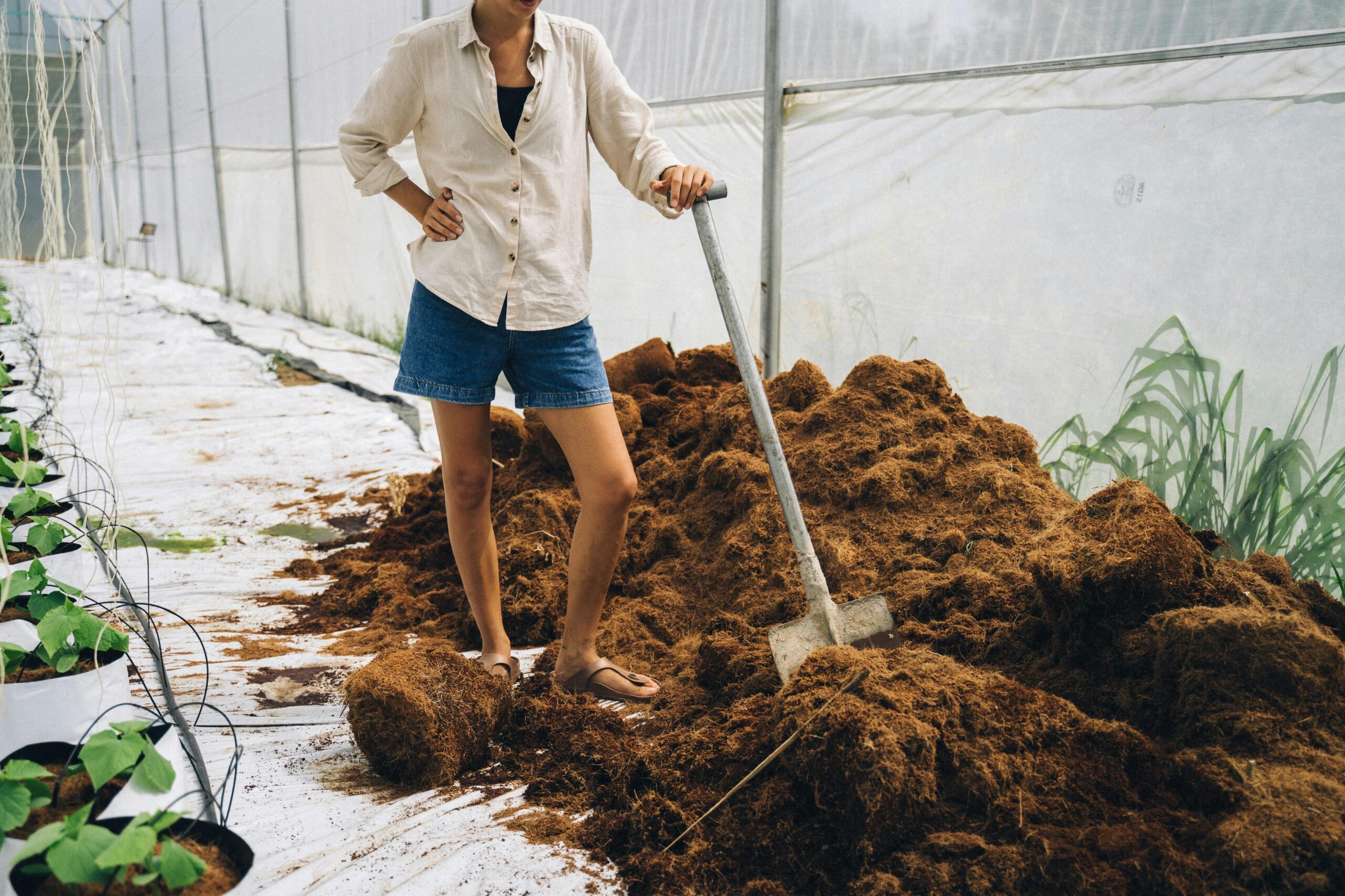- LIFE
12 Good Luck Charms to Manifest Your Dreams and Goals


Composting at home is an effective way to reduce waste, enrich your garden, and contribute to a healthier environment. By transforming kitchen scraps and yard waste into nutrient-rich compost, you not only minimize landfill contributions but also enhance the soil quality of your garden. This guide will walk you through the essentials of home composting, including methods, materials, and maintenance tips to get you started on your sustainable journey.
Composting is the natural process of recycling organic material, such as food scraps and yard waste, into a valuable fertilizer known as compost. This process occurs through the decomposition of organic matter by microorganisms, resulting in a dark, crumbly substance rich in nutrients.
There are several methods of composting, each suited to different spaces and lifestyles. Understanding these options can help you choose the best method for your home.
This method involves creating a compost pile in your yard. It requires sufficient space and is ideal for those with larger gardens.
A compost bin is a contained structure that helps to manage the composting process. It can be made from various materials, including wood, plastic, or metal, and is suitable for smaller spaces.
This method involves a barrel that can be rotated to mix the compost easily. Tumblers speed up the composting process and are great for those who want a more hands-on approach.
This method uses worms to break down organic material. It’s ideal for apartments or small spaces and produces high-quality compost known as worm castings.
Establishing a compost system is straightforward and can be adapted to your available space and lifestyle. Follow these steps to set up your composting system effectively.
Start by layering your compost materials. A good rule of thumb is to maintain a balance of roughly three parts brown materials to one part green materials. This ratio helps create optimal conditions for decomposition.
Understanding what materials are suitable for composting is crucial for a successful compost pile.
Starting your composting journey involves a few simple steps that will set you up for success.
Begin by adding a layer of coarse materials like twigs or straw at the bottom of your compost bin for aeration. Alternate layers of green and brown materials, ensuring they are chopped or shredded for faster decomposition.
Your compost pile should be moist but not soggy. If it feels too dry, add water; if it’s too wet, add more brown materials to absorb excess moisture.
Every few weeks, use a garden fork or shovel to turn your compost. This aerates the pile and speeds up the decomposition process.
A well-maintained compost pile will heat up to between 130°F and 160°F, indicating active decomposition. If it cools down, turn it more frequently or add more green materials.
Proper maintenance is essential for effective composting. Here’s a simple checklist to help you keep your compost pile healthy.
Even experienced composters encounter challenges. Here are some common issues and their solutions.
Once your compost has turned into a dark, crumbly substance with an earthy smell, it’s ready to use. Here are some ways to incorporate it into your garden.
Mix finished compost into your garden beds to improve soil structure and nutrient content.
Spread a layer of compost around plants to retain moisture and suppress weeds.
Combine compost with potting soil for potted plants to enhance their growth.
Even if you live in a small space or apartment, you can still enjoy the benefits of composting. Here are some practical tips.
Vermicomposting is an excellent option for small spaces. A worm bin can fit under the kitchen sink or on a balcony.
Look for compact compost bins designed for small spaces, which can be kept indoors or on a balcony.
Consider sharing a composting system with neighbors to maximize space and resources.
In smaller systems, compost can accumulate quickly. Regularly empty your bin to ensure it doesn’t become overwhelming.